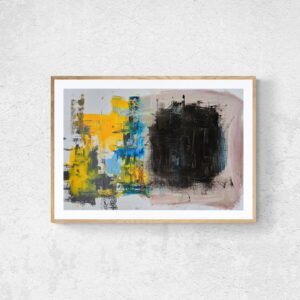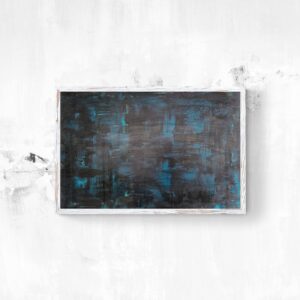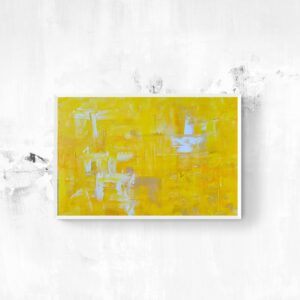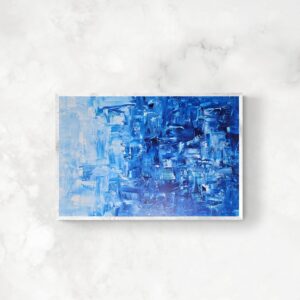
In an 1889 Woman’s World article edited by Oscar Wilde, one writer called Liberty “the chosen resort of the artistic shopper.” Known for its bold floral fabrics since the late 19th century, the luxury department store on Great Marlborough Street continues to be a “resort” and refuge for anyone who adores textiles, decoration, and color. For the company’s 150th anniversary, Kassia St. Clair explores its historical connection to artists and art movements in Liberty. Design. Pattern. Color. St. Clair, also the author of The Secret Lives of Color (2017) and an engaging storyteller and expert in the field, emphasizes Liberty’s larger role in shaping visual culture in Britain and beyond. The book is a visual feast of signature fabric designs from the 1880s to today, and offers readers a longer view of the company’s evolution through time.
St. Clair begins with the founder of the fabric brand, Sir Arthur Lasenby Liberty, who was immersed in the business of textiles from an early age. His father sold fabrics and sewing machines, and his uncle owned a lace warehouse. The ramifications of the Industrial Revolution also shaped Liberty’s fortunes, since during that time, as St. Clair writes, “the economy boomed, in large part thanks to textiles.”

Liberty also began his career in the midst of Britain’s imperial expansion, which fostered a hunger for global textiles amid the country’s growing consumer class. His first shop, opened in London’s Regent Street in 1875, was stocked with “luxurious silks, cashmeres, cottons, and brocades from India, Japan, the Middle East and China.” But Liberty soon found these imported textiles to be too fragile for his clients’ fashion and interiors projects, so he opened a textile mill in south London to create printed fabrics of his own design.
St. Clair organizes the book’s extensive fabric samples by the artistic movements that shaped and were shaped by Liberty’s productions — Arts and Crafts, Aestheticism, and Art Nouveau among them — and highlights the founder’s close ties to artists like William Morris, Dante Gabriel Rossetti, and Edward Burne-Jones. The brand’s Tudor-style flagship store opened in 1924, and collaborations continue with contemporary designers and artists today.

The author also takes us into Liberty’s design studio, which produces some 250 patterns per year and keeps a digitized archive of over 60,000 designs dating back to the 1880s. We learn about the diverse inspirations and techniques that have shaped Liberty’s textile designs and the role of changing technologies and social mores in its aesthetic. Notably, St. Clair points out that a new generation of home sewers and crafters around the world were introduced to Liberty fabrics during the COVID-19 pandemic, when stay-at-home orders and the need for fabric masks brought textile arts to the fore.
But perhaps the most compelling part of the book is its decadent full-color illustrations, organized by theme and often including original patterns juxtaposed with their later iterations. “Laura’s Reverie,” a swirling floral print, was first created in 1889 by English designer Charles Francis Voysey but later reworked in the 1980s, and then again for the brand’s 2022 line. William Morris’s iconic “Strawberry Thief” (1883/1917–23) was reimagined in 2020 in a busy, digitally collaged design. St. Clair writes that “Liberty has always specialized in creating worlds,” and this book allows us to delve into them on each page.









